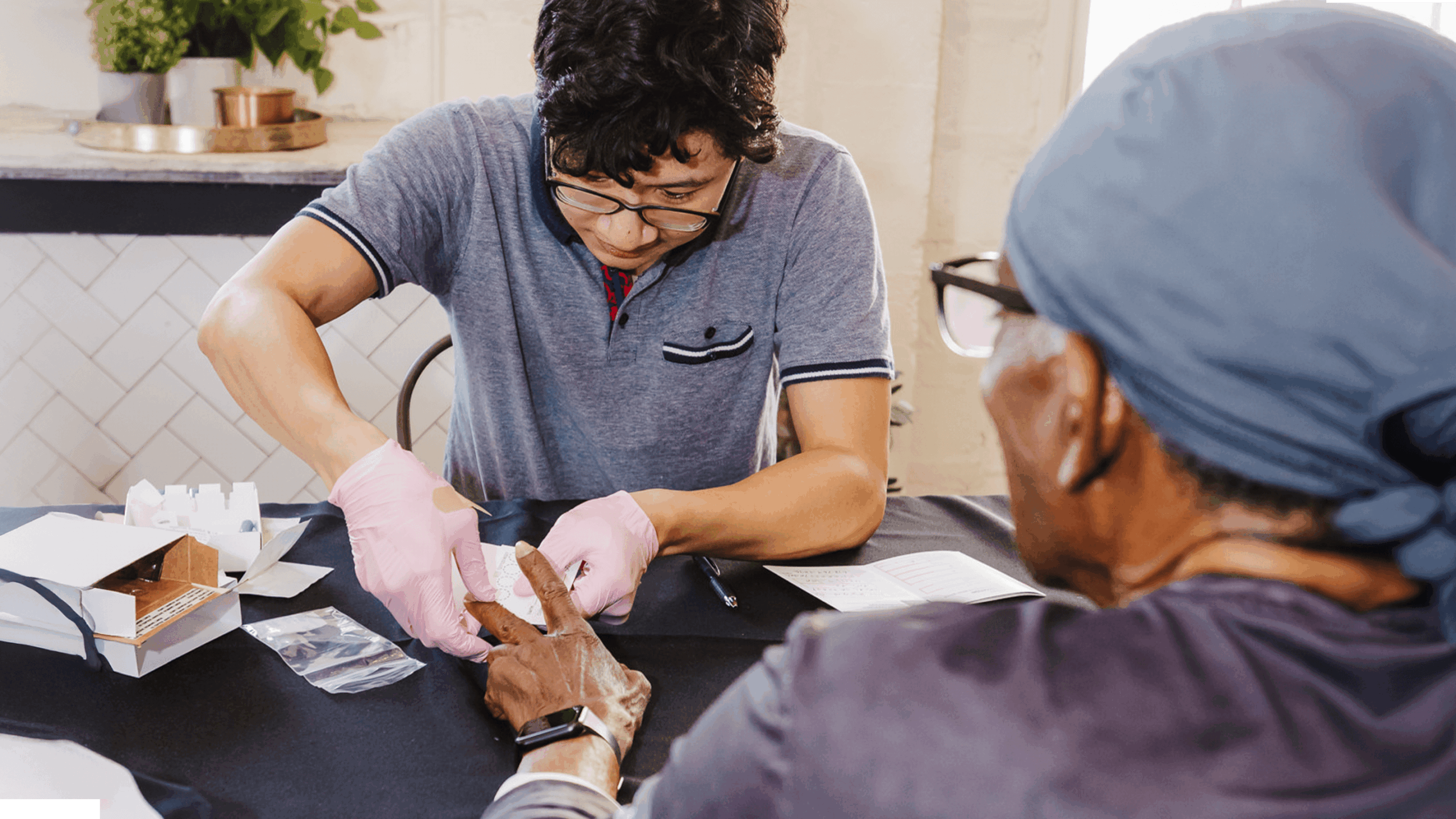Ask a Provider: The Future of Smart Pens for People with Diabetes
Written by: Beyond Type 1 Editorial Team
2 minute read
March 1, 2023
Anne Peters, MD explains what she loves about Smart Pens
Anne L. Peters, MD, is a professor of clinical medicine at the Keck School of Medicine of the University of Southern California and the Director of the USC Clinical Diabetes Programs. She runs diabetes centers in Beverly Hills and in underserved East Los Angeles. Beyond Type 2 recently asked Dr. Peters about what she loves about Smart Pens.
Beyond Type 2: Thanks for talking with us today Dr. Peters. Do you ever prescribe smart pens? And if so, when do you prescribe smart pens or when would you? What do you think the future looks like for connected insulin pens or MDI?
Anne Peters: Well, first of all, I couldn’t be more of a fan of smart pens … I am the biggest fan of smart pens. I think it’s spectacular because it helps my patients in real time know when they gave the last dose and gives an approximation of insulin on board. I think a lot of the problems in MDI patients is that they don’t know or remember exactly when they gave the last dose. I barely know what I did this morning when I woke up, whether or not I gave a drug to myself before I ate.
So it’s really, really good to have that feedback and to always be able to see insulin on board.
And then when people come to the clinic, I get to see the data and I get to see their dosing patterns. And almost always the answer is, “You’ve got to dose more in advance of eating,” because I see so many doses given when the glucose level has already risen.
But not everybody uses the dose calculator in them. But just as a sheer tool for, “when did I give insulin? How much insulin is still in my body?” and tracking it’s spectacular.
So I use the InPen, which is what I’ve had to use as much as I possibly can. Now there are technical things and people have to be able to put the cartridge in and you have to have a smart pen and all those other things. And I haven’t been able to use these new smart pens, but I say the better, the better off we all are. I think the Lilly one, they’re waiting to turn on the app. So we have the smart pen, but not the ability to track it. I’m not quite so sure of the details.
BT2: I think eventually they’ll want it to just be built into all the pens because right now it’s not a pen … It’s a button that you put on the end of the pen, I think.
Anne Peters: This is another technology that I wanted forever ago. And I always feel mean in clinic with the fellows because patients will always say, “I gave this dose,” and yet their sugars are 400 (mg/dL)
.And I have patients, some of whom run 300 to 400 all the time. These are patients who really don’t have resources and the capacity to get under better control. I’m always saying, “It doesn’t work that way. You can’t give insulin into your body appropriately and have no response.”
And it could if they’re that high all the time, but you see sometimes they go down. So the notion of opening up the window into what they are doing… And I don’t want to blame anybody or anything, I just want to see, did you give a dose? Did it work? Maybe you were scared because it worked too much. Next time, let’s give that dose. It really lets me help patients more safely dose. So I want everybody to have it.
Anyone who’s on MDI. We’re getting it for my East LA patients, too. I have the most amazing fellows and the county of Los Angeles has let us use every tool. I’m just so impressed by them.
Listen to Dr. Peters’ Response Below:
Educational content related to smart pen technology is made possible with support from Lilly Diabetes, an active partner of Beyond Type 1 at the time of publication. Editorial control rests solely on Beyond Type 1

Author
Beyond Type 1 Editorial Team
Beyond Type 1 is the largest diabetes org online, funding advocacy, education and cure research. Find industry news, inspirational stories and practical help. Join the 1M+ strong community and discover what it means to #LiveBeyond a diabetes diagnosis.
Related Resources

New year’s resolutions can have a way of telling us to shrink, detox, eliminate, restrict...
Read more

The three main insulin manufacturers in the U.S. offer Patient Assistance Programs (PAPs) as valuable...
Read more

GetInsulin.org is a tool from Beyond Type 1 that helps people with diabetes (PWD) in...
Read more

